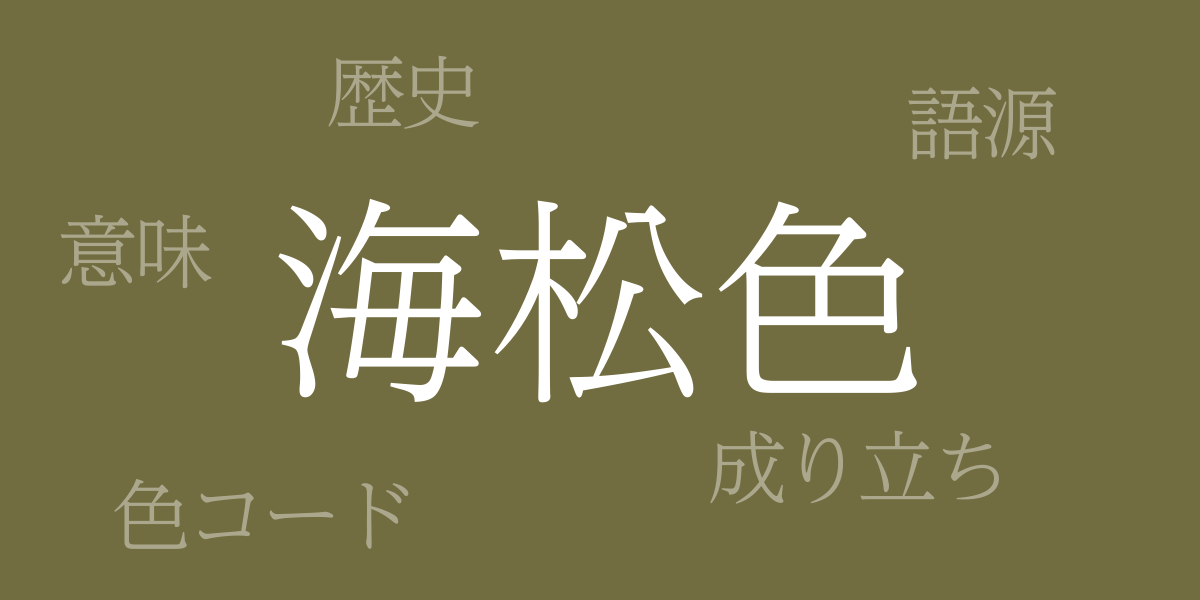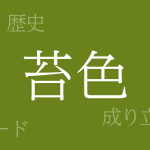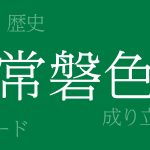The shifting hues of Japan’s four seasons are cherished worldwide, with Japanese unique color sensibilities enhancing fashion, architecture, and design. Among these, ‘Miru-iro (海松色(みるいろ))’ stands out with its unique depth and historical significance. This article explores the allure of Miru-iro, delving into its charm and history.
About Miru-iro (海松色(みるいろ))
Miru-iro (海松色(みるいろ)), a traditional Japanese color, is a deep green with a hint of yellow, giving it a serene impression. The name originates from a pine-like plant found near coastal areas, reflecting the distinctive color of this vegetation. This shade exemplifies Japan’s natural color palette and is used in traditional garments, Japanese paintings, and contemporary design.
History of Miru-iro
Miru-iro has been used since the Heian period and has been intricately linked with the lives of the Japanese people. Particularly popular during the Edo period among samurai and townsfolk, it was frequently used for kimonos and daily goods. Miru-iro reflects Japanese nature and people’s lives, remaining beloved over the centuries.
Color Code of Miru-iro
In digital and web design, precise color codes are essential to replicate Miru-iro accurately. Below are the color codes associated with Miru-iro:
- HEX: #726D40
- RGB: R:114 G:109 B:64
- CMYK: C:62 M:55 Y:85 K:10
Western Name for Miru-iro
In the West, Miru-iro is often referred to as “Olive Drab” or “Dark Olive Green” due to its resemblance to the dark green color of olives. These names are commonly used, especially in fashion and interior design, making it a globally recognized shade.
Summary on Miru-iro
Miru-iro symbolizes Japanese tradition and nature, enchanting many with its calm hue. Loved through history and rediscovered in modern times, Miru-iro stands as a quintessential Japanese color. In the digital age, knowing its color code enables the use of Miru-iro in designs, bringing depth and historical richness to creative projects.

























